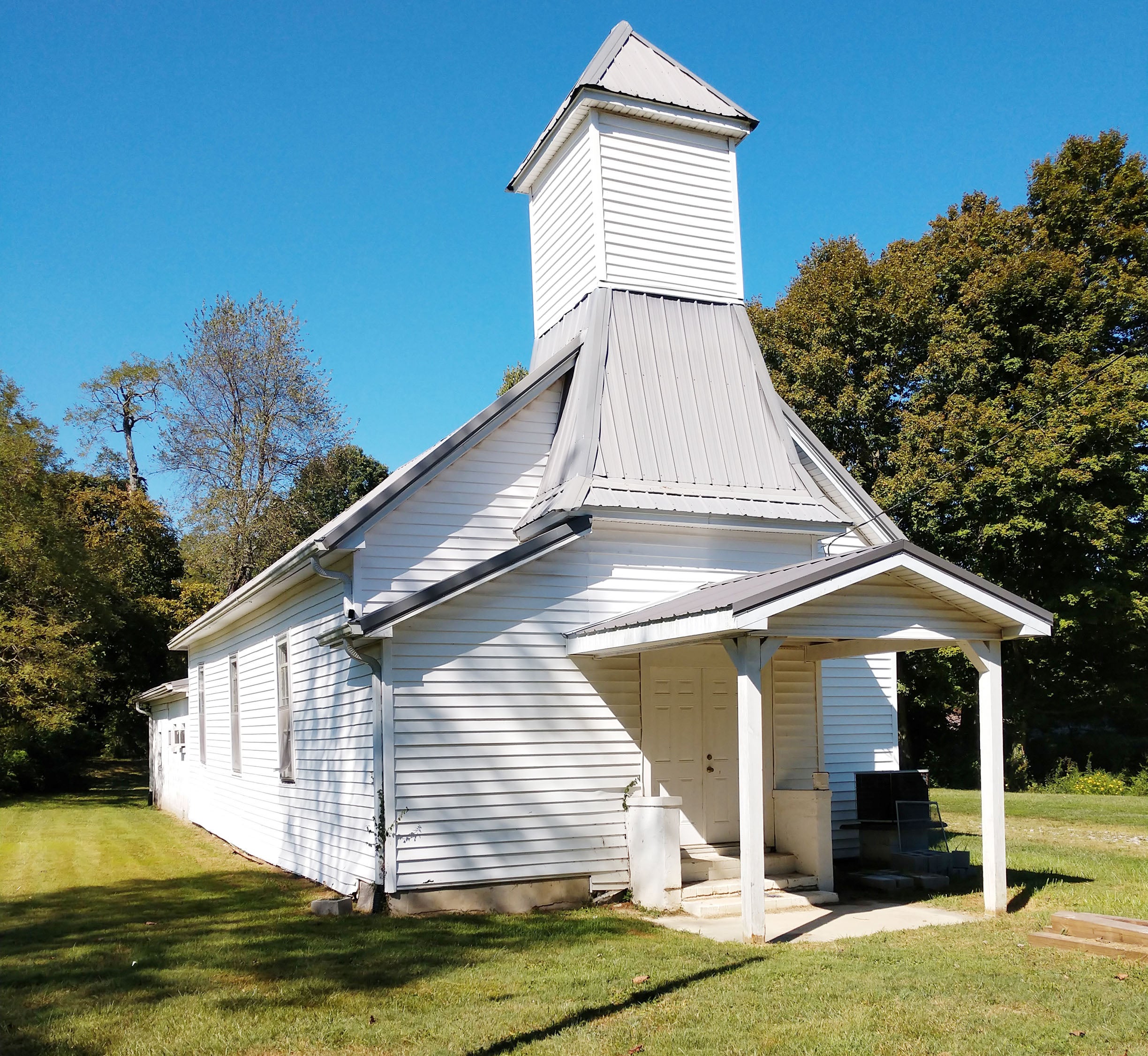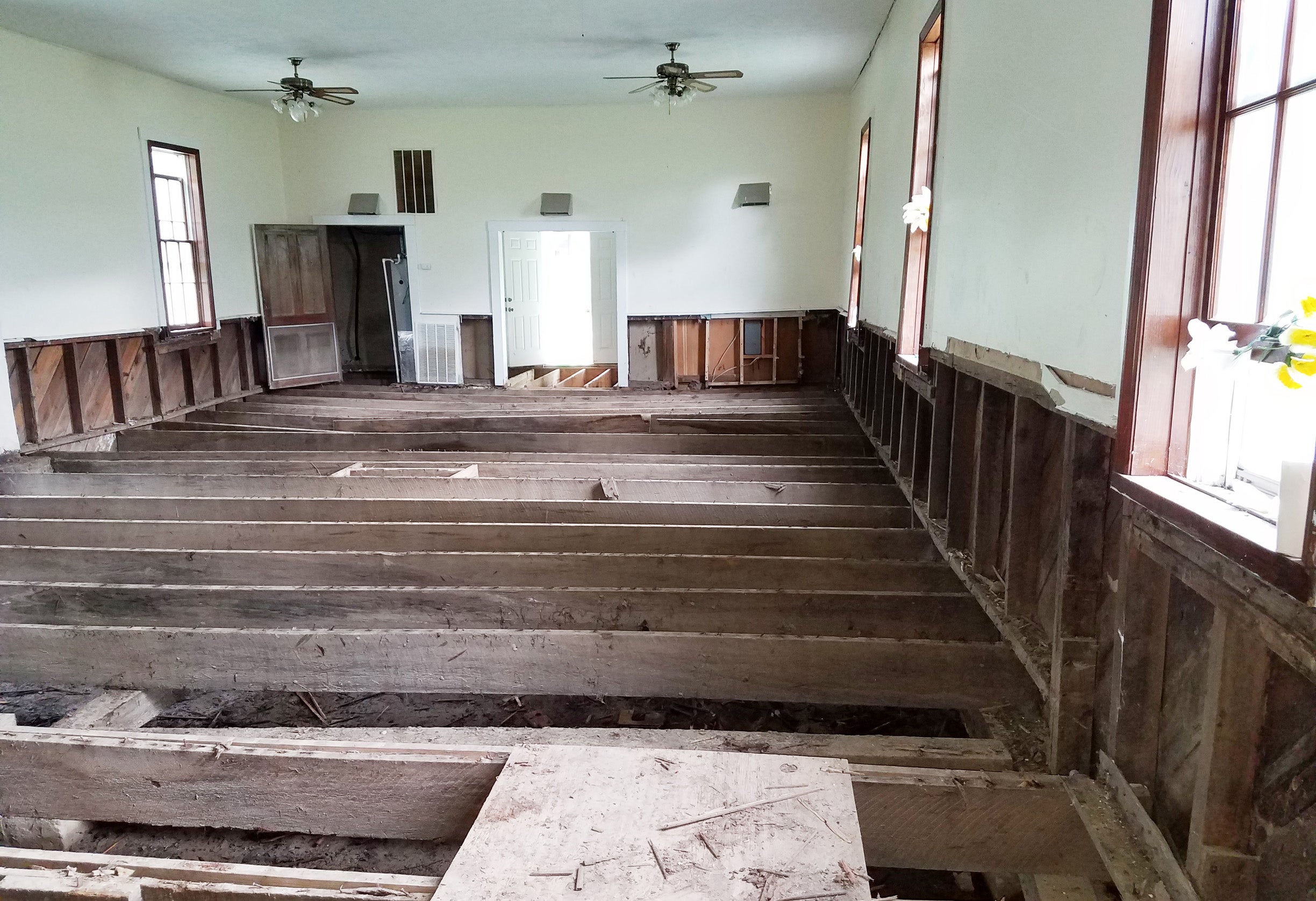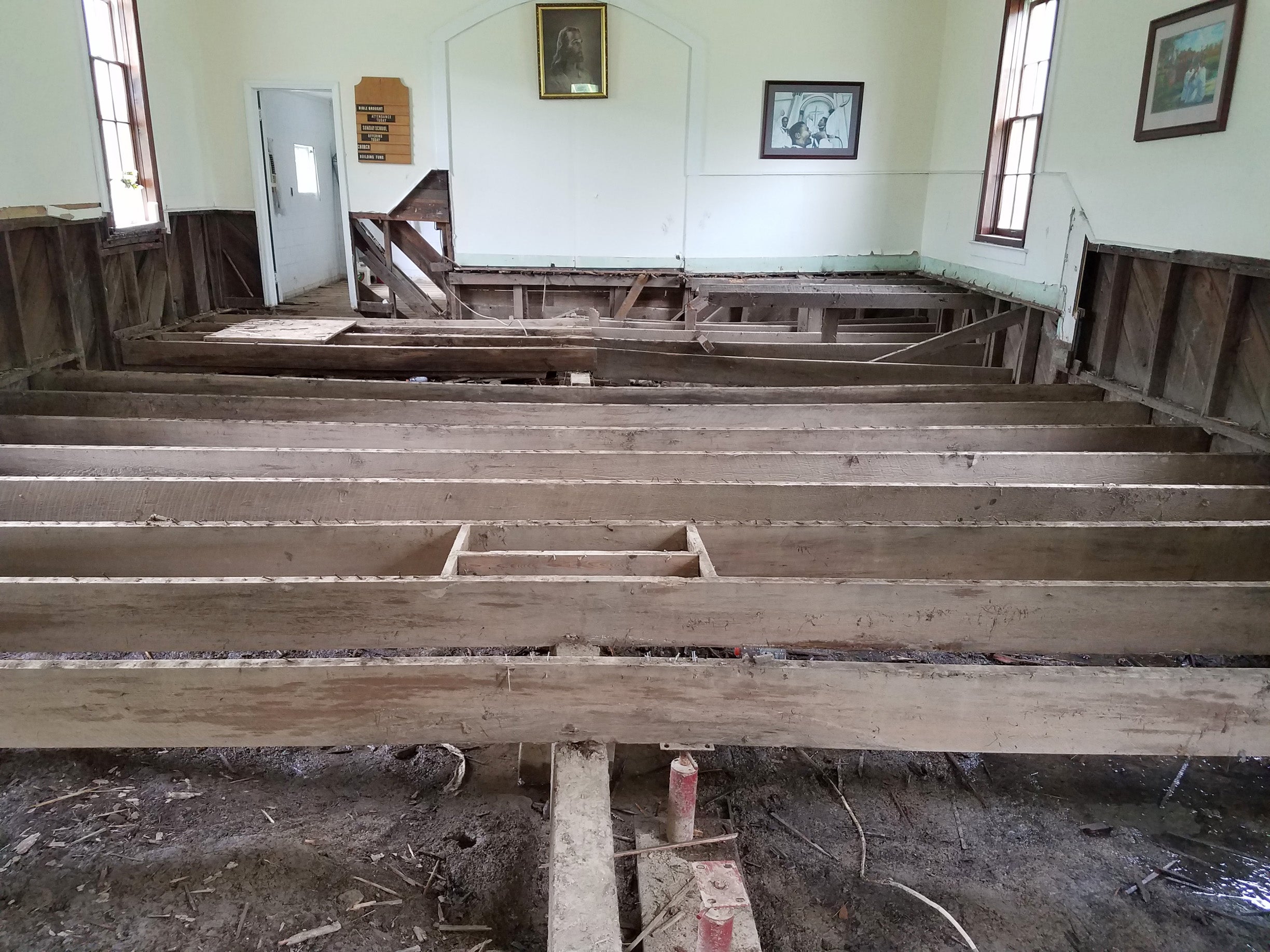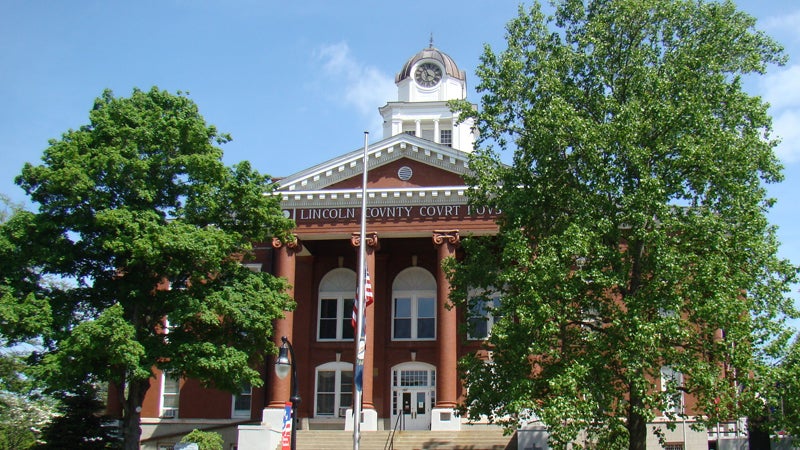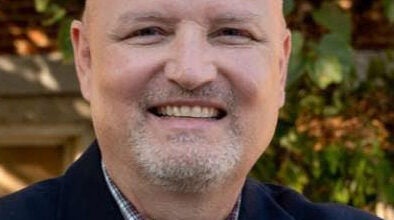Allen Chapel’s historic past could not prevent its demise
Published 9:46 am Thursday, October 10, 2019
|
Getting your Trinity Audio player ready...
|
By Robert B. McCormack
Contributing writer
MORELAND — For nearly 130 years, the Allen Chapel African Methodist Episcopal Church was a landmark in the local African American community.
However, the historic past of the church, situated at 80 VonLinger Lane in Moreland, could not prevent its demise. The congregation of Allen Chapel A.M.E. Church, which dates back to 1892, has reached the end of an era due to a September 2019 Kentucky Conference A.M.E. decision to dissolve the congregation.
The ruling was precipitated by the flooding of the tiny sanctuary on June 26, 2018, after torrential rains caused the creeks that bordered the church property to overflow.
Gladys Faulkner, a Moreland native and the former secretary of the church, lamented the ignoble end of the church.
“Allen Chapel has been the only church home that most of us have ever known,” she said. “It was attended by our parents and their parents as well as other relatives and friends. We knew that one day it might close due to dwindling membership but we had no idea it would be due to flood waters.”
The church members had taken recent action that included the installation of culverts, widening the shallow creek beds and the addition of downspouts to allow the free flow of water during rainstorms. There were recent interior upgrades, as well, that included two restrooms.
An embankment held the water and turned the church grounds into a small lake. About four feet of water stood in the sanctuary, vestibule and dining room. The hundred-year-old floor joists, the finished floor, the 14 eight-foot long cushioned pews, purchased by the previous generation of church pillars and worshippers, were severely damaged. The church’s red carpet was saturated with water, mud and sediment and could not be salvaged. The water damaged irreplaceable records dating back to the 1950s. The members managed to salvage a few articles of worship.
The traumatic event in the life of the church evoked emotions of loss, grief and anguish in the 23 lifelong members who prayed, but wept vociferously for their beloved place of worship. They dug deep into their pockets and solicited donations from sister congregations around the county and surrounding area to help with the cost of repairing the damage.
After the storm waters finally receded, the church members paid a local contractor $11,000 to remove the floor and plaster from the lower interior walls during the first phase of renovation. However, upon closer inspection, hidden substantial structural damages not initially discovered were revealed. The damage to the lower interior walls was too extensive and the restoration costs too steep, over $40,000. Although, the church’s insurance policy included flood coverage, the payout for the structural claim and personal property claim (church contents) was a proverbial drop in a very large bucket. The building was a total loss.
“We would like to thank the local sister congregations, former members and friends for their kind and generous donations and fervent prayers,” said Faulkner.
Since June of 2018, the structure had sat idle awaiting further action from the Kentucky Conference A.M.E. Meanwhile, the long-term effects of water damage continued to accumulate. Mold has grown. The exposed floor joists continued to deteriorate and weaken. The soil continued to erode and exacerbate the structural problems.
Like many of its members, Faulkner has special sentiments for Allen Chapel. She was married in the church. She followed in the footsteps of her mother and mother-in-law and served as a Stewardess responsible for the preparation of Elements for the services of Holy Communion and Holy Baptism. Her son, Brent, played the piano for the accompaniment of the choir for over two decades beginning at age seven.
As not only the author of this story but a member of Allen Chapel, I also have special memories of the church.
As a youngster growing up in Moreland, I am proud to say that I joined the church at Allen Chapel. I am proud to say that I am from the small Moreland community where I was taught faithfulness, patience, and acquired knowledge and wisdom. In the small congregation, I discovered that the greatest asset of the small church was that members loved one another. Often, it was tough love. This place and the names of faithful members will be forever stuck in my consciousness. They’re the people I grew up with and the environment that forged my sense of character.
Some of my happiest and saddest memories of life were in and around church and church activities. Allen Chapel was the last place to see my parents. It was the last “goodbye.” In that place and space, my mind was flooded with memories of them as stories, experiences and intimate relationships were shared … I was thankful for their presence and influence and mourned the passing of these strict, hardworking, no nonsense individuals William, “Daddy,” in 1988 and Beatrice, “Momma,” in 2008.
The church’s devastation came just seven weeks before the annual Basket Meeting. The year 2018 will be long remembered by those reared in the church as the year the severe flood waters rose and forced the cancellation of the Basket Meeting, a homecoming day when distant friends renewed their friendships and gathered for morning and afternoon preachin’ relevant for today. It was yesteryear when siblings and I looked forward to the annual event mostly for the camaraderie of kinfolks and friends, mouth-watering food on plates piled high, ice cold bottles of (soda) pop and the men who hand dipped ice cream cones underneath the canvas tent on the church’s lawn.
As I look back, it’s important to remember our roots and reflect on the people in that place and space who served as role models and shaped our values.
One such role model was Michael Faulkner, who wore many hats for the church as the former president of the building fund, the Fifth Sunday Fellowship, Sunday School teacher and choir member. He said reflectively, that he “missed the wonderful lessons and discussions … I just miss church, the way we worshiped and the songs.”
The church closure has forced the active members to consider possible opportunities for worship. Many of the members who made their homes in Danville, 10 miles from Moreland, chose to worship with the historical A.M.E. sister congregations in Harrodsburg and at St. James in Danville.
Allen Chapel joins Jacob Chapel in Turnersville on Highway 78 and St. James in Stanford, established in 1868, a proud Maxwell Street landmark, as defunct worship institutions. In Lincoln County, Bethel A.M.E. located in Boneyville is the last surviving A.M.E. congregation.
Although Allen Chapel is no longer a church with its atmosphere of vibrant and meaningful worship, it will forever be in our hearts.
The lesson in all of this is that disasters, natural or man-made can and will happen despite our best preparations. Like the folks of Allen Chapel, keep the faith, be thankful that there were no casualties and be thankful for good friends in the time of need.


